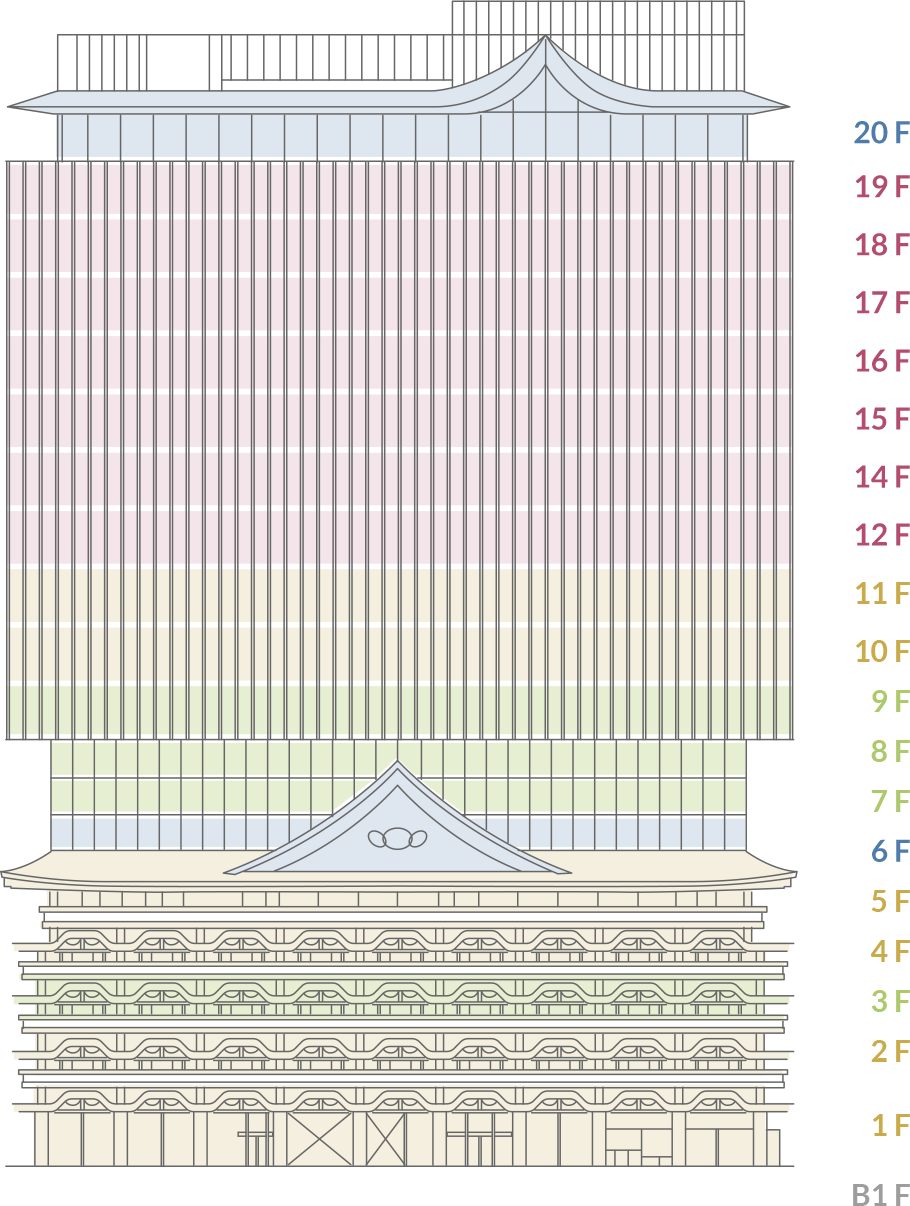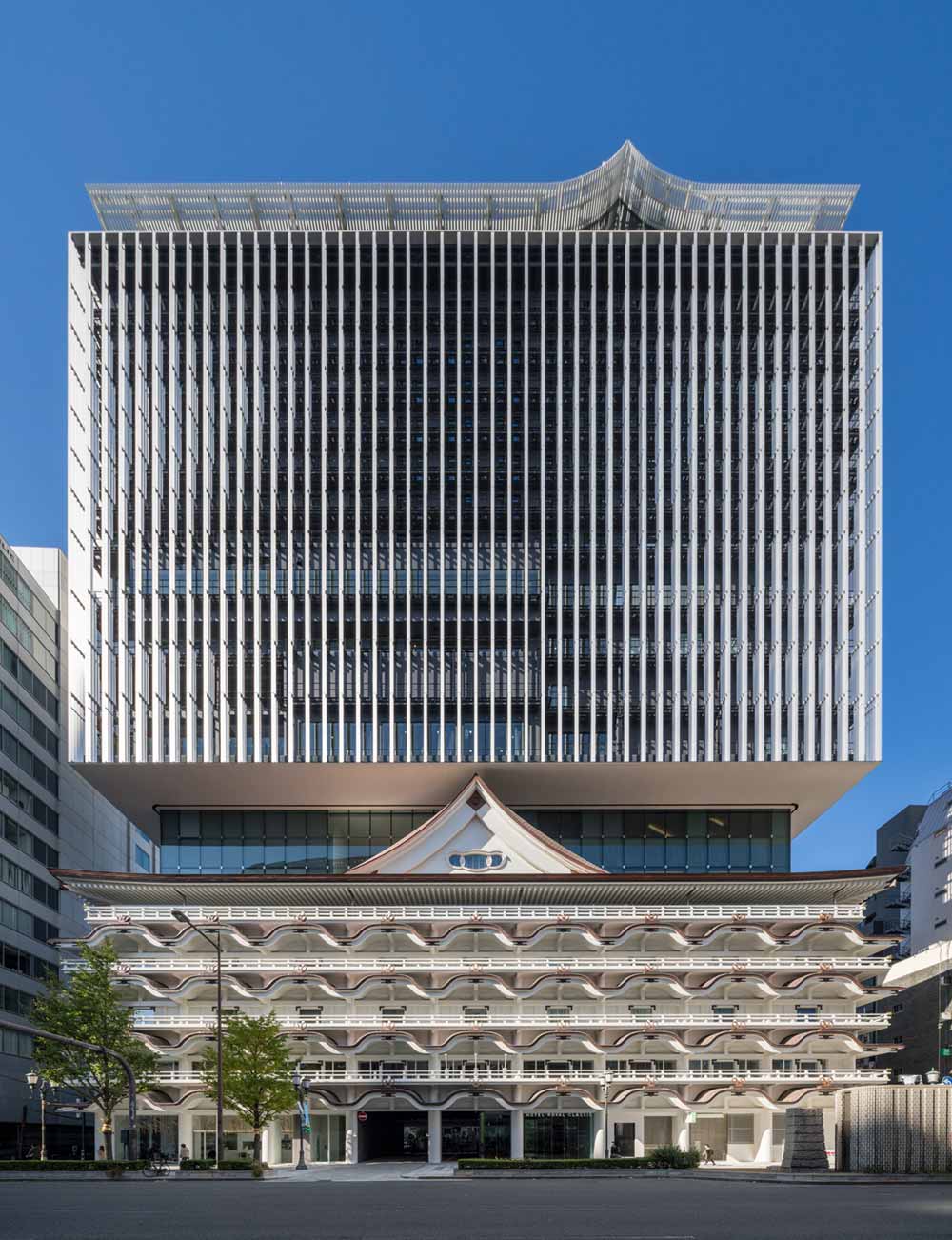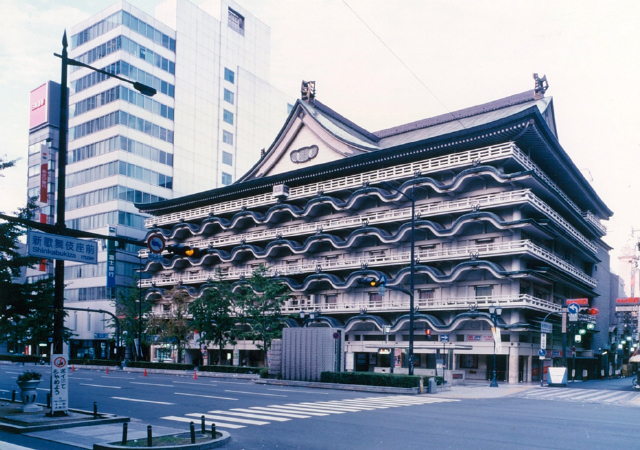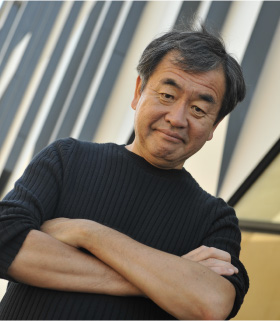【Notice】Change of Accommodation Reservation System
For your convenience, we will be changing the room reservation system starting Thursday, September 12, 2024.
▪️Click here for guests who made reservations for stays before September 11, 2024.
We can also be reached by phone at 06-6633-0030 (room reservations).























